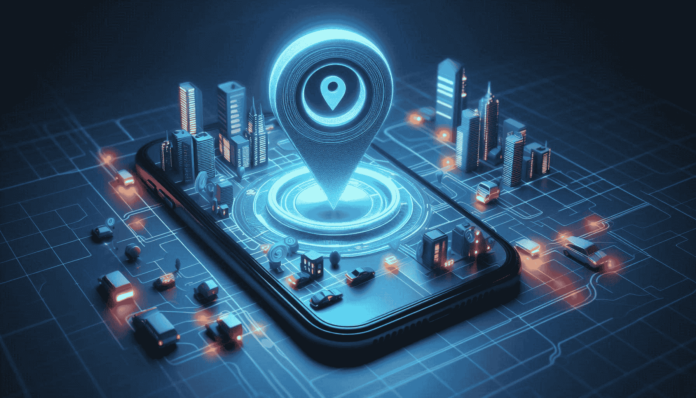Google locator applications are software solutions designed to track the real-time location of devices, such as smartphones, tablets, and computers. These applications leverage Global Positioning System (GPS) technology, which relies on a network of satellites to accurately determine the geographical coordinates of a device. By utilizing GPS signals, device locator applications can provide users with precise location data, enabling them to monitor and manage their devices effectively.
The functionality of these applications extends beyond mere location tracking. Many device locator tools offer features such as geofencing, which allows users to set virtual boundaries. When a device enters or exits these predefined areas, the application sends alerts to the user. Additionally, location history tracking is another crucial feature that enables users to review past movements of the device, which can be particularly useful for parents monitoring their children’s whereabouts or businesses keeping tabs on company devices.
Setting for Location Tracking
To effectively track the live location of your phone using a device locator application, initial setup is crucial. Begin by downloading the application from an authorized app store, ensuring that you are using the latest version for compatibility and security. Once the installation is complete, open the app to initiate the setup process.
The next step involves enabling location services on your device. Navigate to your device’s settings, find the “Location” option, and switch it on. This allows the application to access precise GPS data essential for live location tracking. Depending on your device, you may encounter different location accuracy settings. Opt for “High Accuracy” to improve location tracking effectiveness.
Additionally, the application will prompt you to grant various permissions during setup. Make sure to allow access to your device’s location, storage, and background activity. These permissions enable the app to function without interruptions and ensure your location is consistently updated and visible. If permissions are not granted, the app may struggle to provide real-time tracking.
Features
To utilize the live tracking capabilities of a device locator application effectively, users should first download and install the app on their smartphones or compatible devices. Most device locator applications are available on both iOS and Android platforms, ensuring accessibility for a broad user base. Upon installation, users need to create an account or log in if they already have one. Following the login, the app will typically prompt users for permission to access location services, which is essential for the live tracking features to function correctly.
Once inside the application, the user interface is typically designed to be intuitive, featuring a dashboard that displays real-time location data of the targeted device. Users can easily navigate through the interface using clearly marked icons and menus. The live tracking map can be zoomed in and out, giving a detailed view of the location. For users seeking to manage and customize notifications, the settings menu allows adjustments for location updates, ensuring that notifications are received whenever the device moves beyond a specified geographical area.
Managing privacy settings within the application is a vital step in securing personal information. Most tracking applications allow users to adjust settings that can help limit the information that is collected and shared. For instance, users might choose to disable location history tracking or restrict the app’s access to certain types of data. Additionally, it is beneficial to stay informed about the permissions granted to the application and periodically review them to ensure that no unauthorized access occurs.
In conclusion, while device locator applications serve an essential purpose in tracking live location, users must prioritize privacy and security. By obtaining consent, reviewing data sharing policies, and managing privacy settings, individuals can use these technologies responsibly and ethically, ensuring personal information remains secure while benefiting from location tracking capabilities.

